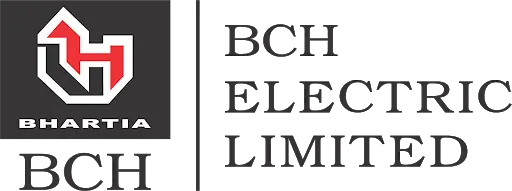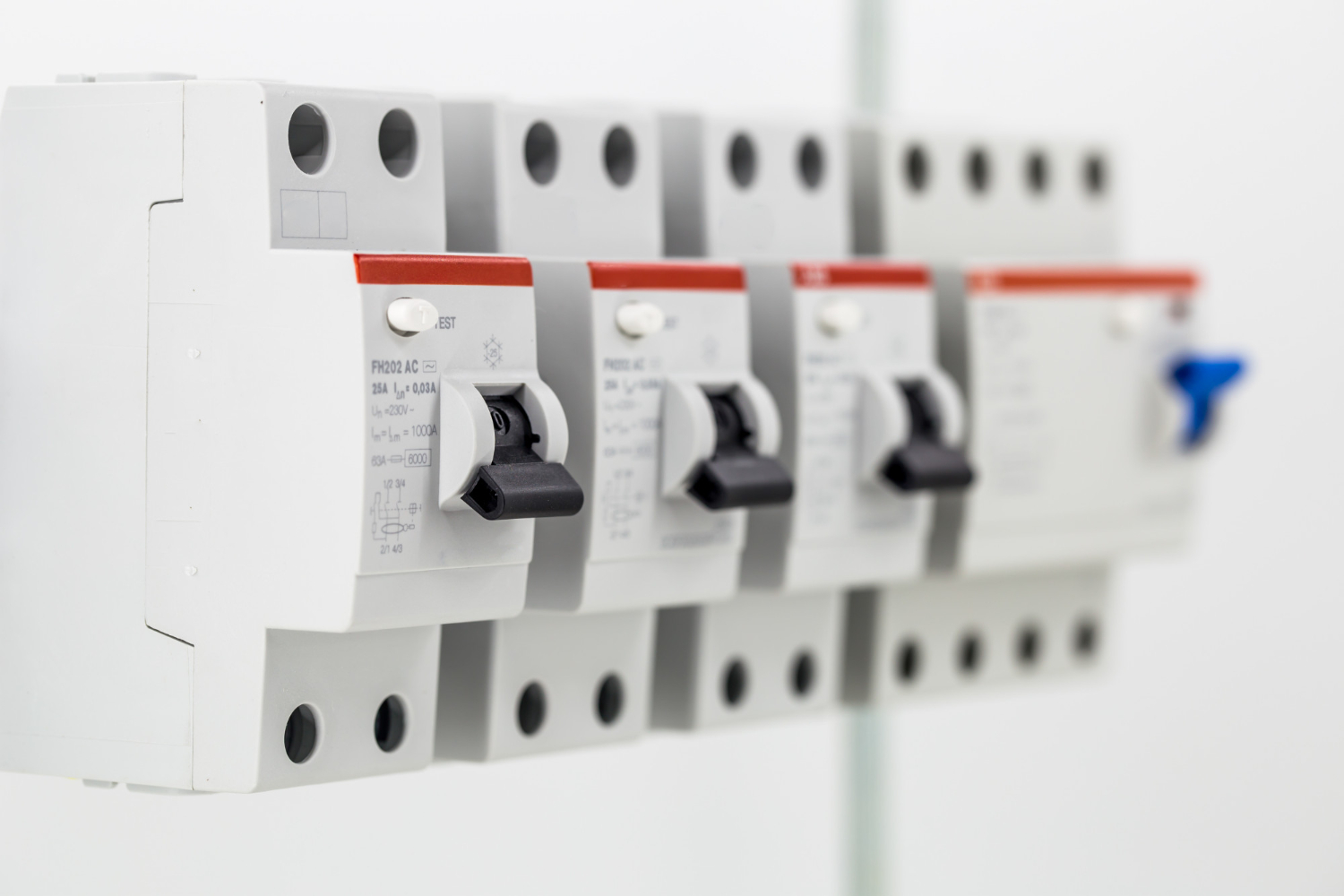In any electrical distribution system—whether industrial, commercial, or residential—safety and efficiency begin with choosing the right protection devices. One of the most critical components in this ecosystem is the Moulded Case Circuit Breaker (MCCB). Designed to protect against overloads, short circuits, and ground faults, MCCBs are essential for ensuring electrical safety.
But not all MCCBs are created equal. Selecting the right MCCB based on your load requirements and application type can make a significant difference in performance, reliability, and lifespan of your electrical system. In this guide, we’ll break down everything you need to know, and why BCH Electric is one of the most trusted MCCB manufacturers in India.
What is an MCCB?
An MCCB (Moulded Case Circuit Breaker) is an automatic electrical protection device used to protect circuits from overcurrent (due to overload or short circuit) and under-voltage faults. It provides:
-
Higher current ratings (up to 1600A or more)
-
Adjustable trip settings
-
Thermal and magnetic protection
-
Manual and remote operation
MCCBs are commonly used in distribution boards, control panels, and industrial machinery where high loads are involved.
Why Selecting the Right MCCB Matters
Choosing the wrong MCCB can lead to:
-
Frequent nuisance tripping
-
Inadequate protection of equipment
-
Poor energy efficiency
-
Fire or electrical hazards
Correct sizing and selection ensures:
-
Safe operation
-
Long equipment life
-
Regulatory compliance
-
Cost-efficiency
How to Select the Right MCCB Based on Load and Application
1. Determine the Rated Current (In)
Start by identifying the normal full-load current of the equipment or circuit. Your MCCB’s rated current should be equal to or slightly above the load current, but not too high—otherwise, it won’t trip during overloads.
🔧 Example: For a motor rated at 40A, choose an MCCB rated around 50A (allowing for 125% of full-load current in some applications).
2. Calculate Short Circuit Breaking Capacity (Icu/Ics)
Check the maximum fault current your system might experience. The MCCB must have a breaking capacity (Icu) greater than the highest prospective short circuit current at the point of installation.
⚠️ Example: If the calculated fault level is 25kA, select an MCCB with at least 25kA or higher Icu.
3. Understand the Type of Load
Different loads behave differently:
-
Resistive loads (lights, heaters): Minimal inrush current
-
Inductive loads (motors, transformers): High inrush currents
-
Capacitive loads (capacitor banks): Can cause spikes during switching
Choose MCCBs with appropriate trip characteristics—e.g., longer delay settings for motor loads to avoid nuisance tripping.
4. Select Trip Unit Type (Fixed or Adjustable)
-
Fixed Trip MCCBs are cost-effective and suitable for steady loads.
-
Adjustable Trip MCCBs offer flexibility in fine-tuning thermal and magnetic trips for varying load profiles.
For dynamic environments like industrial plants, adjustable MCCBs are recommended.
5. Consider Application Environment
Factor in:
-
Ambient temperature
-
Mounting position (horizontal/vertical)
-
Dust, humidity, or corrosive atmosphere
Choose MCCBs with IP protection and temperature derating compliance for harsh conditions.
6. Check for Additional Features
Modern MCCBs offer smart features:
-
Communication-enabled MCCBs for remote monitoring
-
Earth fault protection
-
Arc flash mitigation
-
Interlocking and locking mechanisms
Select features that align with your safety goals and automation level.
Why BCH Electric is the Best Choice for MCCBs in India
When it comes to high-quality, reliable MCCBs tailored for Indian electrical systems, BCH Electric stands out as a leading name in the industry.
🔹 Wide Range of MCCBs
BCH offers MCCBs in current ratings from 16A to 1600A, with adjustable thermal-magnetic and electronic trip units to suit diverse applications—from factories and data centers to high-rise buildings and hospitals.
🔹 High Breaking Capacity
Their MCCBs are available with breaking capacities up to 50kA, making them ideal for high fault-level networks.
🔹 ISI & IEC Certified
All MCCBs from BCH conform to IEC 60947-2 and IS/IEC standards, ensuring top-tier protection and regulatory compliance.
🔹 Made for Indian Conditions
BCH MCCBs are built to withstand voltage fluctuations, high ambient temperatures, and installation challenges often encountered in Indian setups.
🔹 Smart Protection Options
BCH also offers microprocessor-based MCCBs with features like remote monitoring, diagnostics, and trip history—ideal for modern energy management.
Applications of MCCBs
| Application Area | Suggested MCCB Features |
|---|---|
| Industrial Machinery | High Icu, Adjustable Trips, Motor Protection |
| Power Distribution | High Current Rating, Smart Monitoring |
| Solar Panels | DC MCCBs, Arc Fault Protection |
| Commercial Buildings | Compact Frame, Thermal-Magnetic Protection |
| Data Centers | Low Trip Time, Remote Control & Monitoring |
MCCB Selection Formula (Simplified)
MCCB Rating (A) = Load Current (A) × Safety Factor (1.25–1.5)
Breaking Capacity (kA) ≥ Prospective Short Circuit Current
Always consult an electrical engineer or refer to BCH’s product catalog for precise sizing.
Conclusion
Selecting the right MCCB isn’t just about current ratings—it’s about ensuring the safety, continuity, and efficiency of your entire electrical system. By understanding your load type, environment, and application demands, you can make the right choice and avoid expensive downtime or hazards.
For unmatched quality, safety, and innovation, BCH Electric offers some of the best MCCBs in India—trusted by engineers, industries, and infrastructure projects nationwide.
👉 Need help choosing the right MCCB? Explore BCH Electric’s full range and consult with their experts for the perfect fit.


